As time passes the more interesting and mysterious lost civilizations become. Exploring the undiscovered is the lifelong pursuit of an archaeologist, however, as time passes it can pose challenges. Archaeologists can only discover artifacts that have withstood hundreds of thousands of years of unpredictable natural processes.
Nature has an innate way of destroying things. Discovering an ancient civilization that has been hidden under the vastness of the ocean is like finding a needle in a haystack, making these discoveries even more exciting than most. This is heightened when what is found changes the general understanding of the ancient world.
The Enigma Of Atlantis
It’s true that Atlantis only seems to exist in the figments of people’s imagination and through legend. This hasn’t stopped anyone from holding out the hope that the mysterious underwater world still exists.
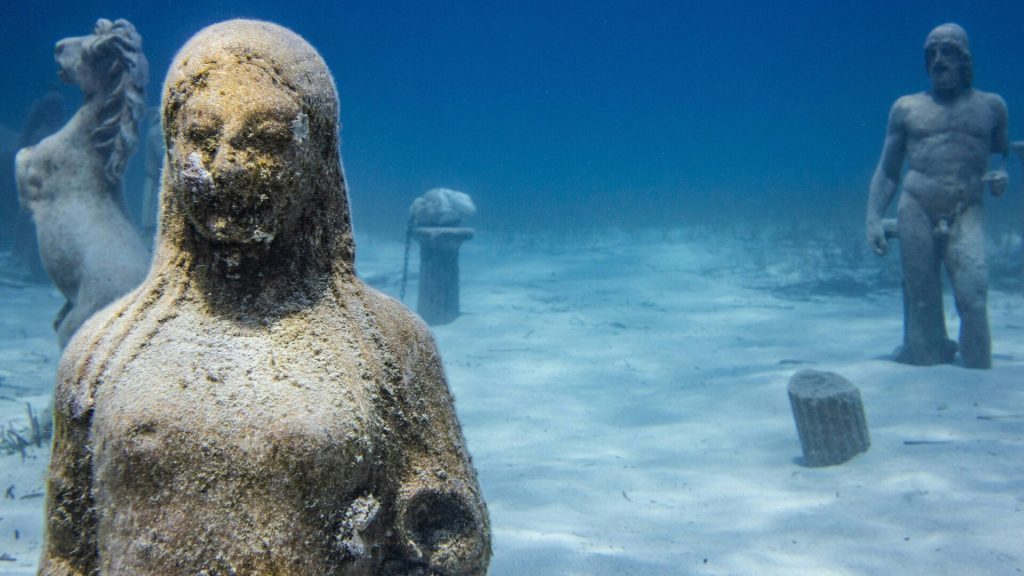
For many, the notion that an ancient civilization is still flourishing in the depths of the sea is extremely alluring, and prompts endless curiotsity.
The Truth Of Underwater Discoveries
While the thought of these underwater worlds remains an attractive idea, it isn’t completely unheard of for archaeologists to find evidence in the depths of the ocean that suggest these lost communities once exsisted.
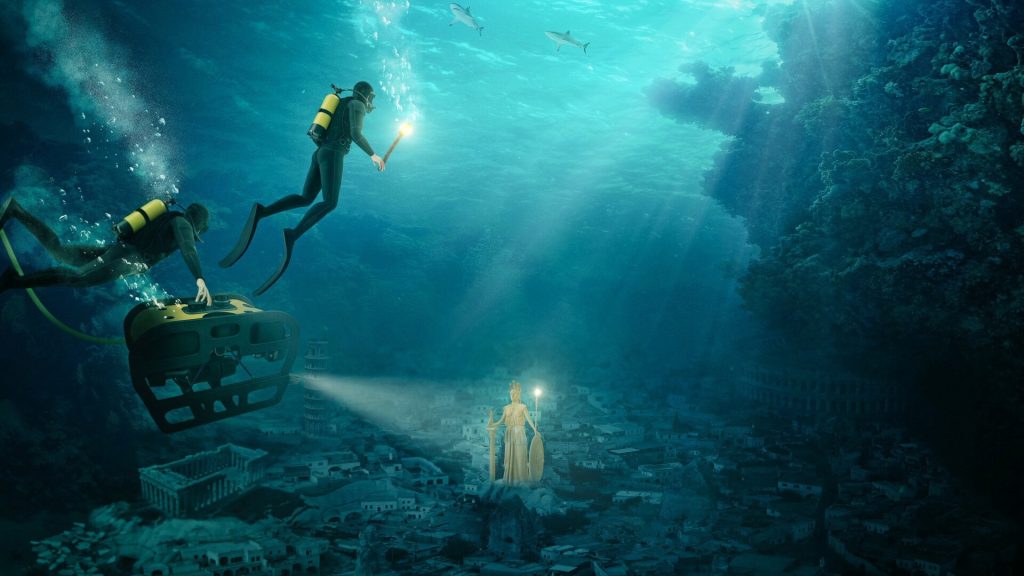
This is the case with many underwater statues, once held well above water these lost cities found themselves being engulfed by the ocean as sea levels rise due to natural occurances.
One Significant Finding Is An Even Earlier Origin
While this may not evoke the same mystical wonder as the allure of Atlantis does, this once lost ancient civilization has still provoked the interest of many archaeologists in recent decades.
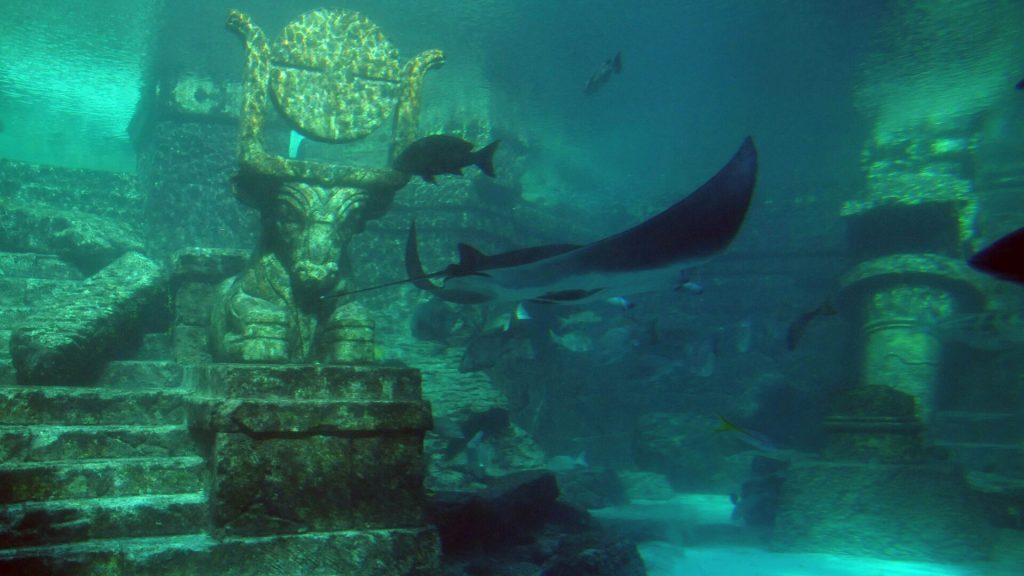
Specifically because the mere existence of this underwater city suggests that our understanding of ancient Europe may not be entirely correct.
Introducing Doggerland
National Geographic states that the British Isles have only existed as islands for the last 6,000 years.

Prior to this they were conjoined with the rest of Europe in an area that was known as Doggerland.
More Than Just A Land Bridge
While the presence of this land explains how early humans were able to migrate across Europe without coming up against the challenges of the North Sea, Doggerland was more than just a plain land bridge.
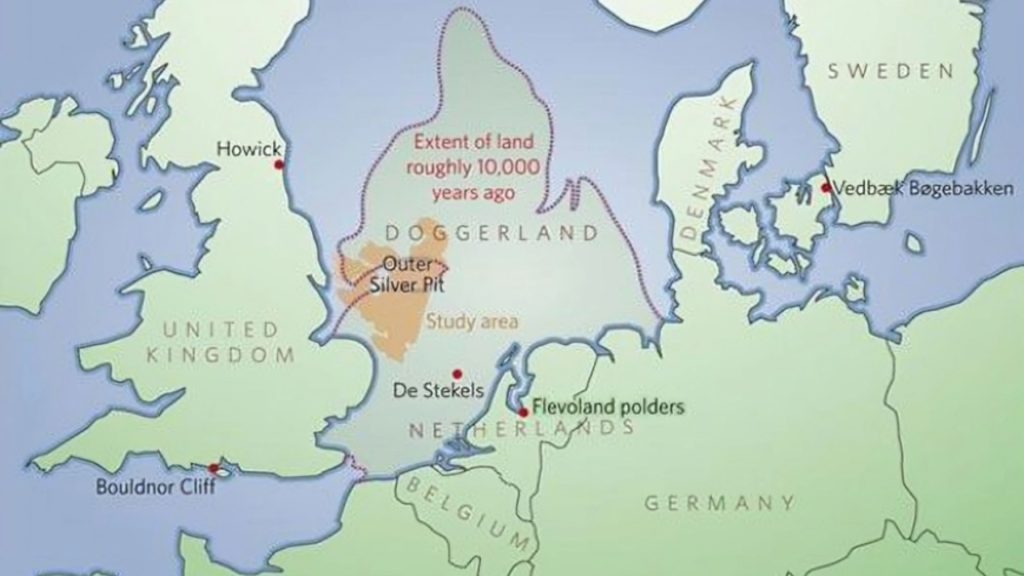
For our earliest human ancestors it was a place of paradise.
A Sanctuary During Tough Times
In reports from National Geographic t at the tail it’s said that at the end of the last Ice Age, Doggerland was composed of fertile landscapes, with lush rolling hills, wetlands, swamps, and densely wooded areas.

Because of this it was able to adequately support a society of hunter-gatherers when a lot of the rest of the world wasn’t able to.
The Name Is Newer Than The Land Itself
The Guardian reports that the name actually comes from a stretch of seabed that is known as Dogger Bank, and it would have been a part of what is now known as Doggerland.
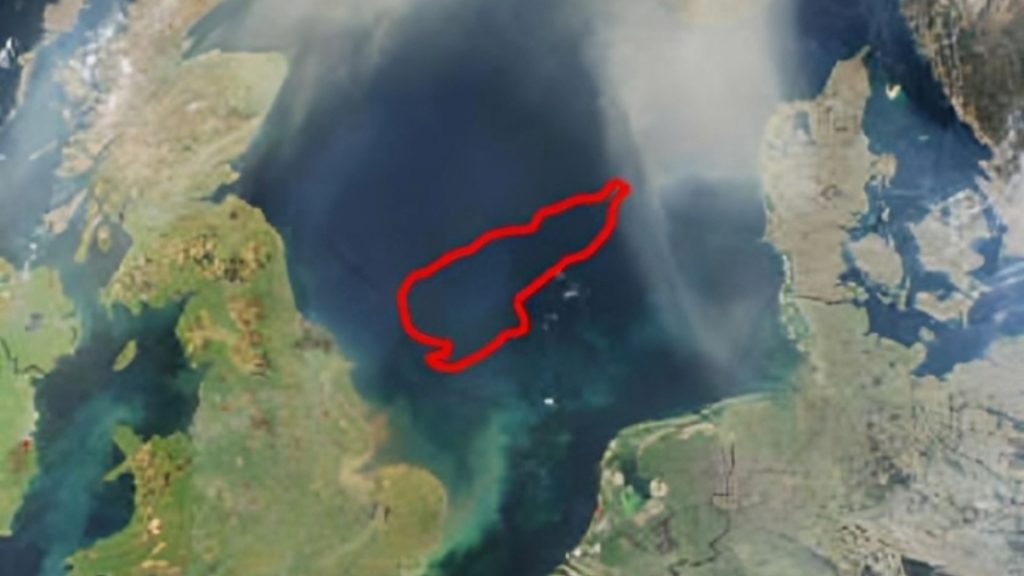
And the bank itself is named “dogger” after 17th century fishing boats that sailed in the area at the time.
Many Generations Of Hunter-Gatherers
According to The Guardian, Doggerland was around for a long enough period of time that humans were not the only beings that were able to forage there. Apparently the beings that pretended to be them were also able to reap the rewards of the land.

This isn’t limited to Neanderthals either, even the mutual ancestor that humanity shares with them, known as the Homo antecessor would have also roamed this land.
A Fruitful Place
The people that settled in Doggerland migrated were pursuing animals to hunt and fish to catch, but they were also gatherers foraging for local plant-based food sources.
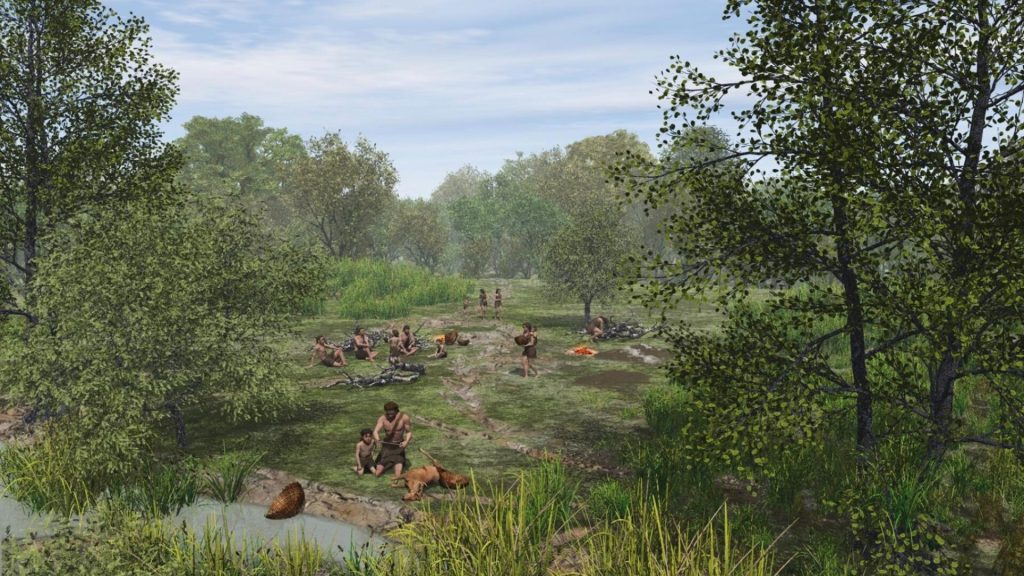
In Doggerland you could expect to find things like Hazelnuts and berries.
A Millennia Later Remnants Of Doggerland Still Persist
Doggerland was once a part of what is now the United Kingdom to the Netherlands, ocassionaly artifacts that are from thousands of years ago will wash up on Dutch beaches.
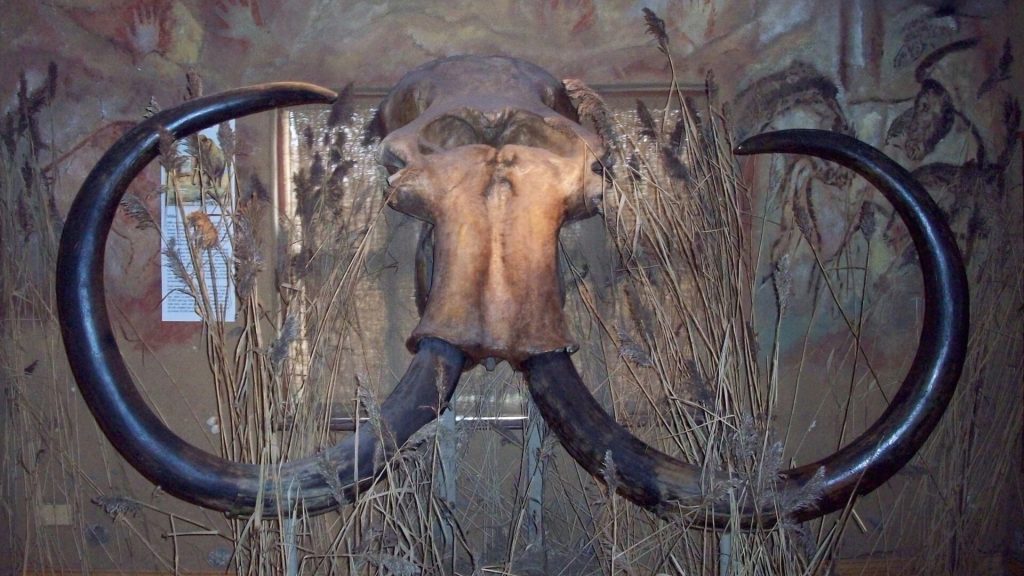
Even though it is typically personnel from the National Museum of Antiquities in Leiden who are the ones to assist in the analysis of these artifacts, it isn’t often that an archaeologist is the one that actually finds them.
Citizen Scientist
The Guardian reported that the museum has approximately 200 artifacts thas origins are from Doggerland. While the majority of the artifacts recovered consist of hunted animal fossils, there are a few fragments of a young male Neanderthal.
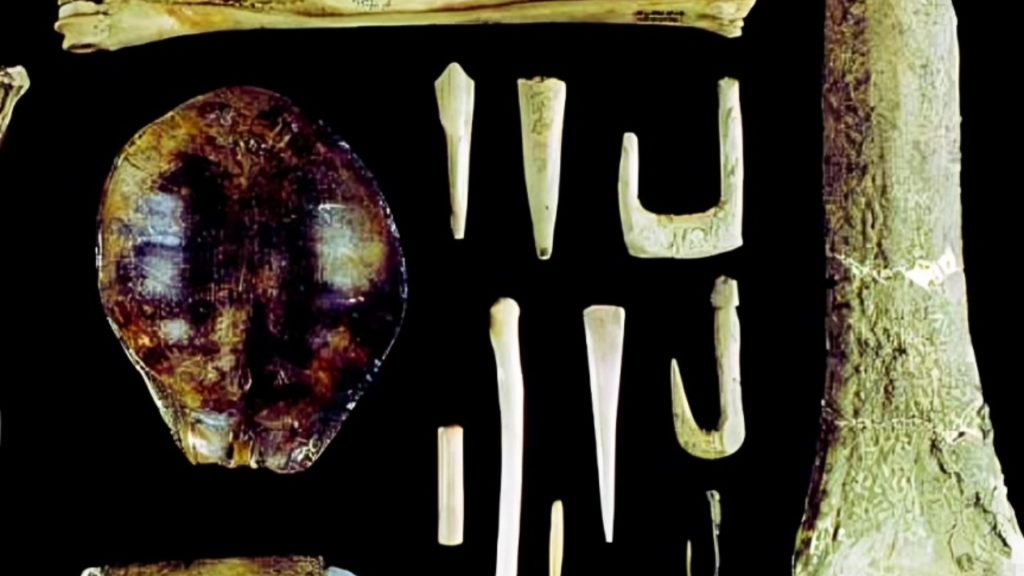
And as the museum’s assistant curator – Dr. Sasja van der Vaart-Verschoof – said, “We have a wonderful community of amateur archaeologists who almost daily walk these beaches and look for the fossils and artifacts.”
Another Pivotal Watershed Shift In Our World’s History
One of the most paramount discoveries found at Doggerland wasn’t a fossil, rather it is a flint tool that dates back about 50,000 years! Impressively it was made from the pitch of a birch tree.

So what makes this tool so incredibly important? It is the mere fact that it shows that Neanderthals were not nearly as primitive as we know them to be. The Guardian said it best, they were “capable of precise and complex multi-staged tasks.”
Everything Comes TO An End
For many generations the inhabitants of Doggerland thrived on the abundance that Doggerland had to offer.

But much like the rest of the world, Doggerland eventually succumbed to the effects of the Ice Age.
The Consequences Of The Ice Age Endings
Doggerland stood as a place of refuge during the later years of the Ice Age, however it was also the harsh processes of the ending of the Ice Age that eventually led to the demise of Doggerland.
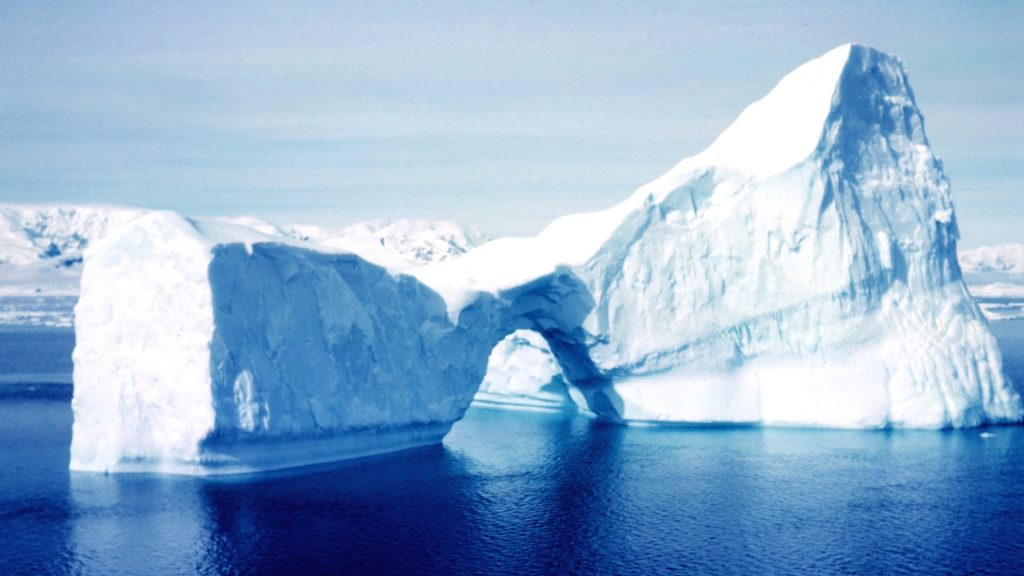
National Geographic reports, the majority of Doggerland began to gradually sink over a millennium of melting glaciers and ice sheets, which caused the water levels of the sea to rise over time ultimately sinking regions of Doggerland.
Though It Was Gradual, It Still Added Up
Although a millennium seems like a long time for something like this to occur, it happened rapidly enough for the fundamental landscape of Doggerland to change drastically.

According to the Smithsonian Magazine, it took a mere 1,000 years for Doggerland to flood to the point that it transformed from a consistent landmass to an archipelago of islands.
Catastrophe Sped Things Up
While this trend meant that eventually Doggerland would cease to exist, almost all of its remnants were actually demolished after an underwater landslide off the coast of Norway occurred and caused a devastating tsunami.

As Vincent Gaffney – an archaeologist from the University of Bradford – said, “If you were standing on the shoreline on that day, 8,200 years ago, there is no doubt it would have been a bad day for you.” I’m going to have to agree with the archaeologist, the effects of this natural disaster would have been catastrophic.
The Final Stages Of Doggerland
While the tsunami undoubtedly sealed Doggerlands underwater fate, a 2020 study in the Antiquity journal found that the archipelago actually remained above water until about 7,000 years ago.

Gaffney said, “Ultimately, it was climate change that killed Doggerland.”
The Ending That Changed The World
According to the Smithsonian Magazine, the abundance of remnants left behind by Doggerland has provided an optimal foundation for the world’s first farmers during the Neolithic period.

And as the hunter-gatherers were forced to leave when Doggerland slowly shrank and sank into the sea they relocated and settled in Britain and the Netherlands. Because of this it is believed that 6,000 years of European agriculture can be traced back to this once thriving civilization.
Creating A Model Of What the Civilization Was
While archaeologists have had an abundance of community-sourced artifacts to study Doggerland, recent opportunities have provided scientists with an idea of what the landscape looked like physically.

According to National Geographic, British and Dutch researchers were able to map 18,000 square miles of pre-flooding Doggerland.
An Unexpected Source
Modeling efforts of this magnitude require an abundance of seismic data from widespread surveys of the area. Paleontologists and archaeologists were able acquire this information from a very unlikely source.

According to National Geographics oil companies were required to perform comprehensive surveys so they could effectively drill in that area of the North Sea, subsequently they shared their findings with researchers.
Fair Warning
Regardless of what researchers find and examine from Doggerland, the ancient civilization that once existed is a stark reminder of just how devastating climate change can actually be.

Don’t forget that the main player in the total demise of Doggerland was rising sea levels, the engulfing of water that turned what was once the heart of Europe into a submerged ruin.






